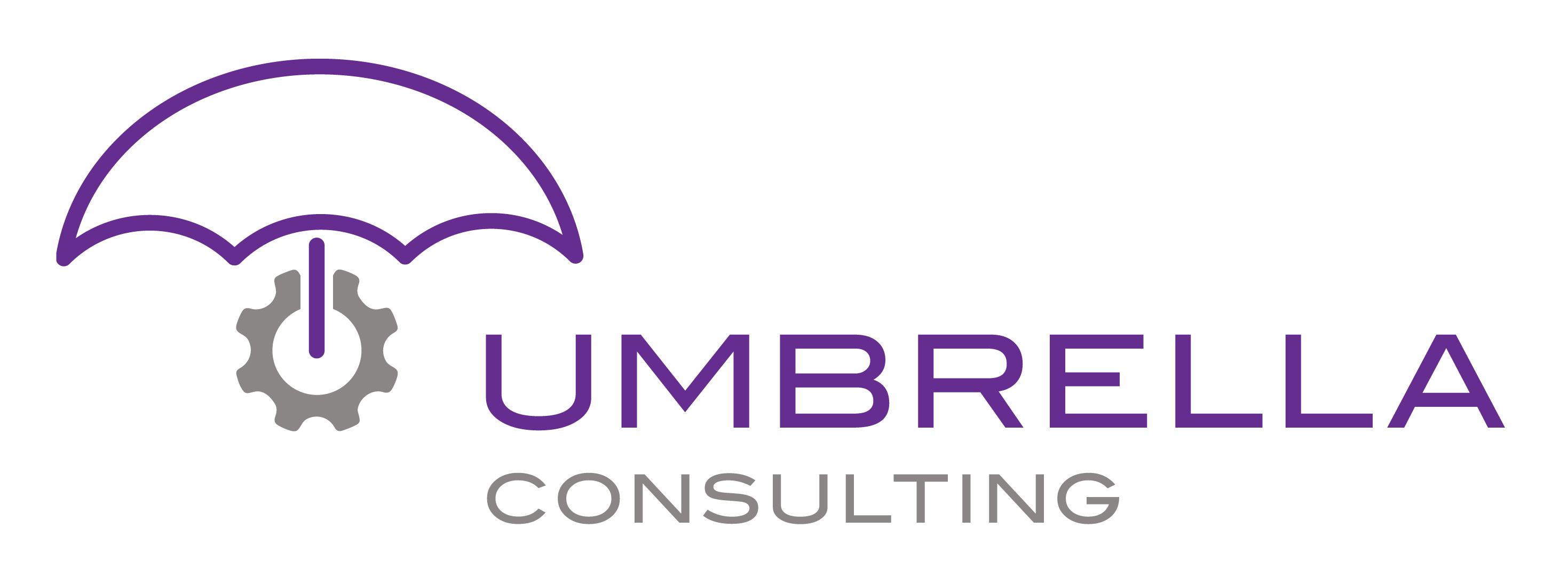The 5-Step Blueprint to Improve Your Business Processes
- Praveen Rajasekaran

- Jan 29, 2023
- 4 min read
Updated: Jan 31, 2023
As a business department manager, never underestimate the power of streamlining your business processes. We’ve seen many small and medium-sized businesses lose money or go out of the marketplace because they were unsuccessful at streamlining and performing efficient business practices.
What happens is, all the revenue that is brought in is lost due to inefficient practices within the company.
In contrast, businesses that implement successful business processes have seen their net margin increase from 5 to 10% year-over-year.

We’ve put together this guide to Business Process Improvement to help you meet your business resolutions.
So, if you’re looking to:
Reduce your departmental costs
Increase your production or service output
Standardize your business practices
...then you’ll love the actionable techniques in this guide.
Let’s get started.
What is a Business Processes Improvement
Business Process Improvement is an initiative to increase efficiencies in your company. In other words, you’re optimizing your business processes to gain increased output. For example, you have a process to collect supplier information and add it to your system. Less efficient companies will send a paper form to the supplier to fill in their information and have staff enter the details in the system.
However, if you consider a highly efficient company, they will have a digital form that will allow the supplier to enter information and update their system with proper approvals.
So, in this one process, you’re saving staff time from entering data into the system, digitizing paper forms and saving paper as well as eliminating the manual errors that might occur when entering data from paper forms.
There is a list of other things to look out for in identifying inefficient processes in your business area:
Are you using paper forms to collect information from suppliers, customers or internally within the company?
Are you managing and tracking any transactions in your company with an excel spreadsheet?
Are you having staff enter data from one system to another system?
Answering ‘yes’ to any of these questions identifies that there are inefficiencies in your business area and there is opportunity to improve the process.
You may have already implemented a few business process improvements in your area and have seen some gains - to an extent. However, the best approach will be to Improve Business Processes Strategically.
Many department managers evaluate and think, 'What process can we improve this year?' They jot down some thoughts and some ideas are implemented if they get buy-in from the senior managers. These almost never realize the gains though.
Here are a few reasons why:
The implemented improvements in your area should be considered strategically on how it will impact other departments
Industry framework or best practice implementation was not utilized so further inefficiencies or bottlenecks may be introduced.
Options were not properly evaluated to gain the best value for your dollars spent
You’re probably thinking, ‘That sounds hard’. And you’re right - it is. That’s why you engage consulting companies who are experts in this.
So far, we have seen why you need to improve your business processes. Now we will show the best approach to implementing them.
1. Map the current state of your process
As a business area manager, it is important to be aware of all the steps of your business. However, visually mapping the steps in the process is actually easier in helping to identify the inefficiencies in your processes.
So, let’s map the steps for your business processes. You can use tools like Microsoft Visio or Lucidchart to complete this.

2. Perform gap analysis
Once you have mapped all the business processes, identify the gaps and inefficiencies. For example, these could be manual work, data entry, duplicate information, staff error, etc.
Identify and highlight them in your processes.
3. Look for improvement opportunities and highlight them
Next, from the identified inefficiencies, look for ways where these processes can be improved. For example, if an employee is manually entering information from paper, you can determine:
Whether that process can be digitalized
Whether you find that step redundant and wish to eliminate it,
Or if manual entry is too time consuming and it is a bottleneck to the next step, you can offer training.
4. Map out the future state
After you have identified opportunities, map the future state of the flow to see how the process will look like in the future. This will also be a guide for staff working in that specific process.

5. Plan out the implementation roadmap for the next 2 to 3 years and be mindful of dependencies
Finally, plan out when these improvements can be implemented. Classify the opportunities as ‘High Impact’ and ‘Low Impact’ and start working on the high-impact improvements to get more return on the invested capital.
Now you know the steps to complete a Business Process Review and the next step is to decide when to consider a Business Process Improvement.
The ideal time would be to have the recommendations ready and budgeted for the new fiscal year. When you have the business case identified and backup to support your case, it is easy for business leaders to approve projects for the next fiscal year.
As we move further into 2023, we recommend that right now would be an optimal time to begin reviewing your current state processes.
Now we’d like to hear from you:
Will you be reviewing your business processes?
Is Business Process Improvement part of your 2023 business resolutions?
About the Author
Praveen Rajasekaran, Project Manager at Umbrella Consulting, holds 10 years of experience as a Business Analyst and Project Manager and has worked in both public and private sector companies in BC. His strengths and passion lie in adding value to businesses and people by enabling processes and technology. Praveen is a natural leader with an ability to lead highly collaborative teams to create business efficiency, improve productivity and meet project objectives. His core competencies include stakeholder management, systems implementation, requirements analysis and change management.


